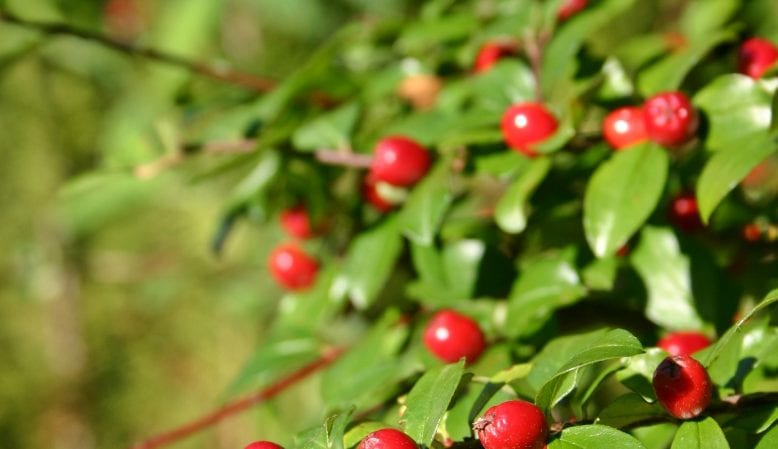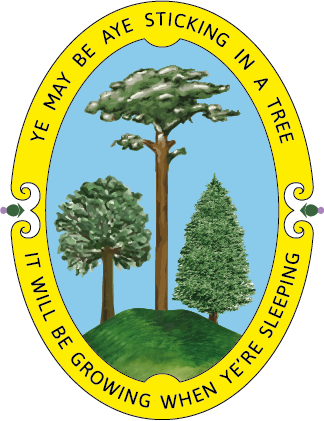You don’t need to be a landscaping professional to plant a hedge, we’ve pulled together some handy tips and tricks of the trade to show you how easy planting a hedge can be.
How Many Trees do I need?
To decide how many trees you need for the space think about the following:
1. Decide how dense you want your hedge. Do you want a slim-line, single-row hedge or a thick, double-row. If you have space, we would definitely recommend going for a double row so you get a really luscious, dense look.
2. Measure the area you want your hedge to cover. Pace the distance out in metres and remember, it pays to be a bit generous.
3. Do some simple maths!
(Number of Plants/Metre) x (Number of Metres) = Number of Plants you need!
If you prefer feet, then 1 metre = 3.3 feet (very roughly!)
When thinking about planting densities, hedge species can be split into a couple of categories:
Naturally Dense Hedge Trees
Use 3 plants per metre (1 per foot) in a single row, or 5 (1.5 per foot) in a double row.
Hedge Trees include: Field Maple, Hazel, Hawthorn, Holly, Blackthorn. Planting Dog Roses in addition to some of your other trees lets them ramble through the hedge, allowing pink flowers to pop up randomly along the length of the hedge.
Medium Density Hedge Trees
These trees can create a wonderful hedge, but need to be planted a little closer together and should be pruned in a slightly different way.
Use 4 plants per metre (1.2 per foot) in a single row, or 7 per metre (2 per foot) in a double row.
You can grow a hedge from almost any type of tree, so if you are using a non-traditional species as a hedge, then plant slightly denser than this.
How Do I Trim My Hedge?
The short answer is: prune back 1/3 of height growth every spring until the hedge gets to your desired size and then as often as it needs it during the summer. This will work well enough for all hedges and you will get a height gain of upto 1ft per year (after pruning) for most types of hedge. Just prune the sides of the hedge once it gets to your desired thickness making sure it is narrower at the top than bottom.
Hedging species can be split into groups for the very best care:
Hawthorn, Blackthorn, Fruit Trees & Dogwood
These trees make great hedges, but need care in the first years to promote bushiness at the bottom. Start by pruning the plants back to 30cm when planting then during the first summer, trim off a couple of centimetres from the sides to promote side-growth: you are really just trying to nip off the buds. Make sure the hedge is thinner at the top than the bottom so that light gets to the bottom of the hedge as side branches will die if they get no light.
In the second year in February/March, give it a really good prune, down to half its height. This will really get the bottom nice and bushy and once those side shoots have grown in then you have achieved your aim of avoiding gaps. Keep lightly pruning the sides to a taper so that lights gets to the bottom, but you can let the hedge grow in height throughout the second summer and then prune the tops in the Autumn. From then on, you need only to prune the hedge to your desired shape and it will gradually fill in and become bushier.
Hazel & Field Maple
These trees are naturally far bushier at the base than the Hawthorn group so there is less chance of getting it wrong. Cut them back to about 20cm when planting (or just nip the top bud out if they are already small) to get a bit more bushiness at the base and then again during the following winter. After that, just let it grow and trim the hedge to your desired shape in July, keeping that taper shape so light gets to the bottom branches.
Flowers and Berries
If you want flowers and berries on your hedge, then still follow the guidelines above but just prune after the blossom or berries have finished. Lots of people like to put native roses through their hedge (Rosa canina), which can looks great but they flower on last year’s growth, so only prune once a year after flowering.











